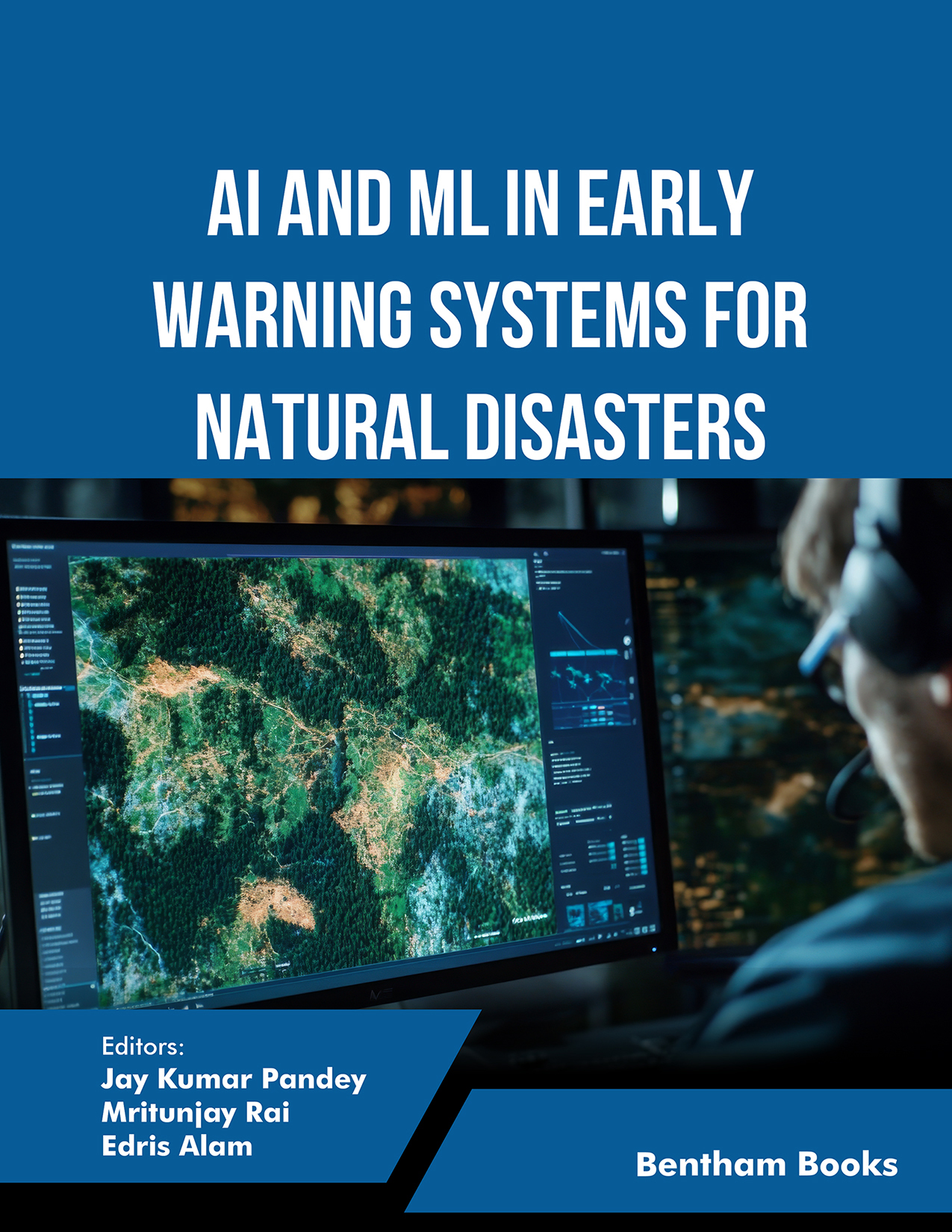The book AI and ML in Early Warning Systems for Natural Disasters is a timely publication by distinguished scholars in the field. Its twelve chapters are contributed by renowned experts in AI and ML, disaster science and management, extreme climate events, and early warning systems. Early warning is a critical phase of disaster management, with investments proving to be over ten times more cost-effective in reducing deaths and losses caused by disasters. This book comprehensively addresses various aspects of early warning systems for disaster management, focusing on the most pressing natural hazards facing the world today. This book will be an indispensable resource for students, researchers, educators, and practitioners eager to explore the transformative role of AI and ML in disaster preparedness and response. It will also serve as a vital guide for organizations and agencies working at the forefront of disaster risk reduction, offering insights into innovative strategies that can be scaled and adapted globally. In an era where the stakes of inaction are higher than ever, this book stands as a critical contribution to building a safer, more resilient world.
Fahim Sufi
School of Public Health and Preventive Medicine
Monash University, Melbourne
Australia
FOREWORD II
In an era marked by escalating climate crises and the increasing frequency of natural disasters, the need for innovative solutions has never been more urgent. The book AI and ML in Early Warning Systems for Natural Disasters arrives at a critical juncture, offering a transformative perspective on the use of cutting-edge technology to address one of humanity’s most pressing challenges.
Early warning systems are a cornerstone of disaster risk reduction, providing invaluable time to prepare and respond, thereby saving lives and reducing economic losses. However, the traditional approaches to early warning often struggle to keep pace with the complexities of modern disasters, characterized by rapid onset, evolving patterns, and compounding effects. This is where Artificial Intelligence (AI) and Machine Learning (ML) can revolutionize the field.
This book, meticulously compiled by some of the most distinguished minds in the disciplines of AI, ML, and disaster management, bridges the gap between technological advancements and practical applications in disaster risk reduction. It provides an in-depth exploration of how AI and ML can enhance predictive accuracy, optimize data processing, and deliver timely insights to improve preparedness and response.
The twelve chapters in this book address diverse aspects of early warning systems, from forecasting extreme climate events and monitoring geological hazards to integrating ethical frameworks and ensuring equitable access to technology. Importantly, it highlights the potential of AI and ML to support vulnerable populations and improve decision-making in resource-constrained environments, demonstrating a commitment to inclusive and sustainable development.
As a scholar and practitioner deeply engaged in disaster risk reduction, I am heartened by the emphasis on interdisciplinary collaboration presented in this volume. The integration of AI and ML with traditional knowledge, policy frameworks, and community-based approaches represents a holistic and forward-thinking strategy for mitigating disaster risks.
This book is not only a testament to the remarkable progress we have made in technological innovation but also a clarion call for action. It challenges researchers, practitioners, and policymakers to harness the power of AI and ML responsibly, ensuring that these technologies serve as tools for resilience and empowerment.
I am confident that this book will serve as an indispensable resource for academics, professionals, and organizations striving to create a safer, more resilient world. It is a vital contribution to the global discourse on disaster risk reduction and an inspiring roadmap for the integration of technology into one of humanity’s most critical endeavors.
Alak Paul
Department of Geography and Environmental Studies
University of Chittagong, Chittagong
Bangladesh

